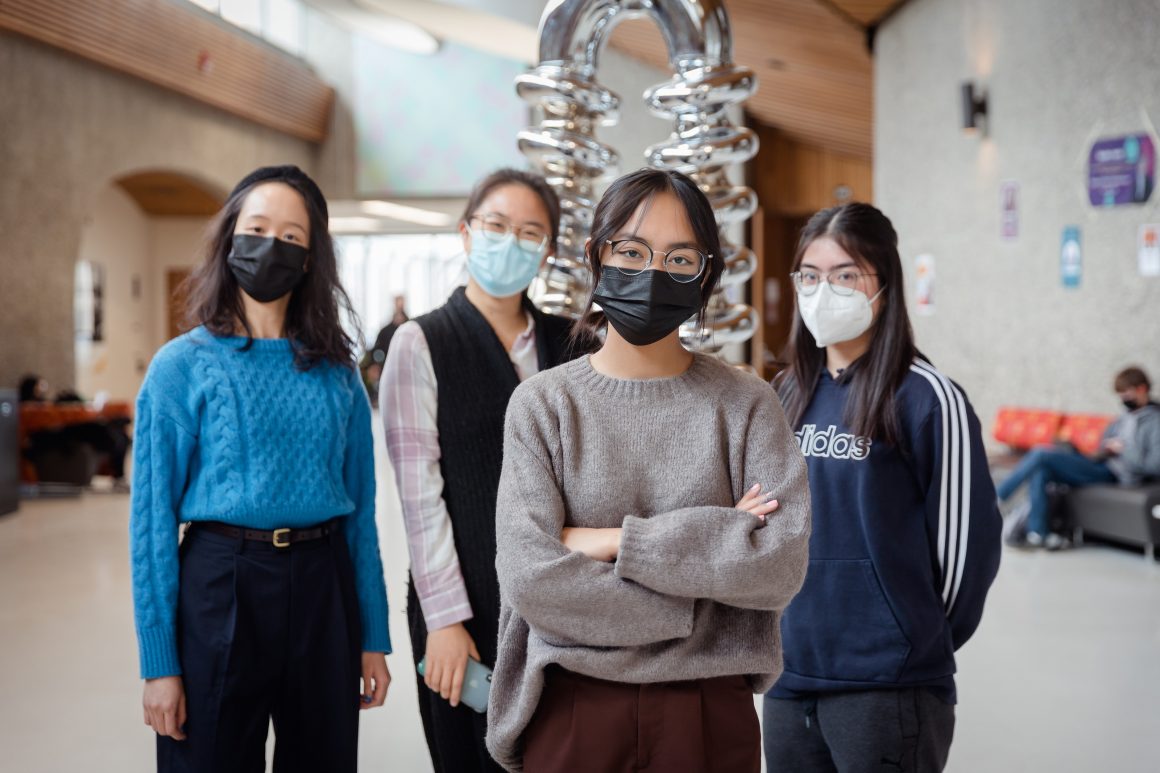
Women’s History Month: #BreakTheBias
By Anjali Choudhary, March 21 2022—
Anti-Blackness and misogyny “quite literally kills Black female academics.” I was taken aback by this statement, too. As post-secondary students, we neglect to critically analyze the environment we exist in. For Dr. Irene Shankar, this is the norm in academia and an idea that Black feminist scholars — including Jennifer Nash, whom Shankar quotes — have been attempting to voice for decades.
In the “#BreakTheBias: Gender Justice at the Intersections” webinar hosted for International Women’s Day by the University of Calgary, Shankar combined her expertise as an associate professor of sociology at Mount Royal University with the work of other scholars to discuss the ongoing harms perpetrated by universities and academia — especially at the intersection of race and gender.
Every year on March 8, the global community celebrates the achievement and progress made by inspiring and courageous women. However, the crucial and often overlooked element is the call to action to continue the progress for all women by pursuing intersectional feminism.
While white, wealthy, Anglophone women were first allowed to vote in Canada in 1916, most women of colour were not afforded this right until the late 1940s. Even further, Indigenous women couldn’t vote in federal elections until 1960.
Much of the feminist movement historically has favoured wealthy, white women and as a result, racialized women continue to face systemic barriers to progress today. Universities — which were created to systematically disclude women and people of colour — are no exception.
“Academia is a space that has been shaped and configured by its history, its original mandate and the people that inhabited that space, resulting in disturbances upon the arrival of those who are not seen as its natural occupants — those racialized and gendered folks,” said Shankar.
She was referring to the fact that universities in Canada were originally created for white men who were upper class. In addition to blatant racism and gender-based discrimination being rampant, many individuals at the top of these institutional hierarchies were a special brand of evil.
One such example was the University of Alberta’s first provost — J. M. MacEachran — who was also the Head of the Alberta Eugenics board which oversaw the forced sterilization of individuals living with disabilities under the 1928 Sexual Sterilization Act.
While the outright exclusion of individuals is not paraded in the present day, signs of privilege and discrimination are far too entangled in the structure of academia. While some women may now be a part of the hierarchy, racialized women are still not a part of the conversation.
In the University of Calgary’s executive leadership team, there are three women included, but not a single one of them is a person of colour. How can the institution within which we wish to see representation and diversity actually fulfill that desire when it was built in direct opposition to it?
“The call for diversity in leadership has translated into leadership that is more gender inclusive but embedded in wishful thinking that gender equality will somehow result in racial equality, which it has not,” says Shankar
She adds, citing scholar Sarah Ahmad, that these inefficiencies are by design.
“Their intention is to keep us from changing or providing any meaningful address of racism that continues to exist on campus,” she said.
As students, this should be of the utmost concern as we enter and progress through the academy. Access to higher education already discludes certain groups such as those coming from lower-income households or living with disabilities.
But the continued discrimination against those who have made their way in and evidently proven their worth — namely racialized women in faculties — shows the backward thinking of the institution we hope to use as a springboard to progress society. If change doesn’t occur, for many of us who are racialized women, the very systems that are meant to shape our futures will ultimately hinder it.
Shankar concludes by claiming that what these existing relations of racism call for is a reckoning…it’s not a new call.
“There are decades of work calling for a reckoning in academia…[it] has involved the extensive labour of racialized women, particularly Black feminist scholars who have been leading the charge in calling for systematic change,” Shankar adds.
However, she adds that this cannot be done through modification of the existing structure.
“Essentially what we’re doing is painting the walls of a crumbling building,” she said. “So at some point, we need to start addressing the very structure of academia that continues to uphold the racist and exclusionary systems in place.”
If the faculty and leadership refuse to implement the much-needed change and revolution, it must fall into the hands of the future generation of leaders. By continuing to criticize the institutions we work and operate within and by listening to the research and calls to action by individuals such as Black feminist scholars, the rampant systemic discrimination can be overturned entirely.
This article is a part of our Voices section.
